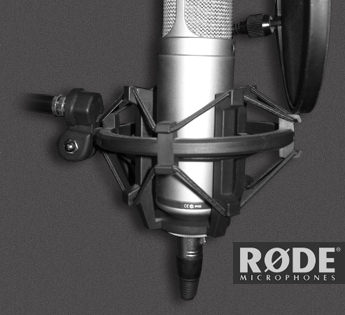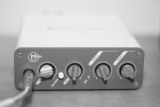- Network sniffer
- Benefits
- How to scan your WiFi network for all connected devices from your phone
- Popular network sniffer
Public WiFi has become extremely common. You can find free Wi-Fi in most cafes, airports and bus terminals.
There is also the fact that these networks are usually considered unsafe and dangerous because your information can be stolen by anyone who wants to make an effort to steal it. The tool they will use is likely to be a network sniffer.
This raises the question of how that network sniffer and what its use is. Here it is.
Network sniffer
A network sniffer is a tool that can monitor network traffic, and is not in itself a bad or malicious tool. It also has many ethical uses, and there is a popular network sniffer, called Wireshark which is open source and available for use by anyone. There are a number of other network sniffers, and each one offers its own set of functions.

Benefits
As a rule, a network sniffer can check which data comes from which device on the network, which protocol was used to transmit traffic, the data that is sent, i.e. network requests, and sometimes even view passwords. As a rule, someone hacks into another system on the network.
How to scan your WiFi network for all connected devices from your phone
The network sniffer can also tell, for example, which two systems on the network are talking to each other through the LAN chat application. Usually the use of encrypted communication tools is a reasonable deterrent to this. Another way to protect yourself is to use a VPN that can encrypt traffic.

As mentioned earlier, the network sniffer is not necessarily a bad one. It all depends on how you use it, and network administrators often use them to monitor and record traffic in closed, highly secure settings, where it is necessary to carefully control the transmission and access to information. Other uses may include monitoring network usage, for example, which device on the network consumes excessive bandwidth or to test the security of a firewall.
Popular network sniffer
Wireshark is one popular network sniffer available for Windows and MacOS. Linux users can use tools like TCPDUMP. Some tools available may specialize in sniffing a certain type of traffic, and I do not do everything Wireshark does. Some other tools are as follows:
- Cain and Abel
- Cloudshark
- Free network analyzer
- IP Tools
- Microsoft Message Analyzer
- Networkminer
- Omnipeek
- PRTG
In a public network, such as a public WiFi network at an airport or cafe, anyone can run a network sniffer. The security protocols used by the network and the network administrator can detect when using a network sniffer, but it is unlikely that you can use such high security in a cafe or use someone with that level of expertise. Airports may be more vigilant, but you still cannot count on them.
A network sniffer can also be used on a private network if someone has access to it. If you suspect that your workplace can use a network sniffer, you cannot do anything about it, except to be careful about which sites you visit. In your home network only the one who has access, and is currently connected to the network and runs a sniffer on it, ask your mom.
A source













